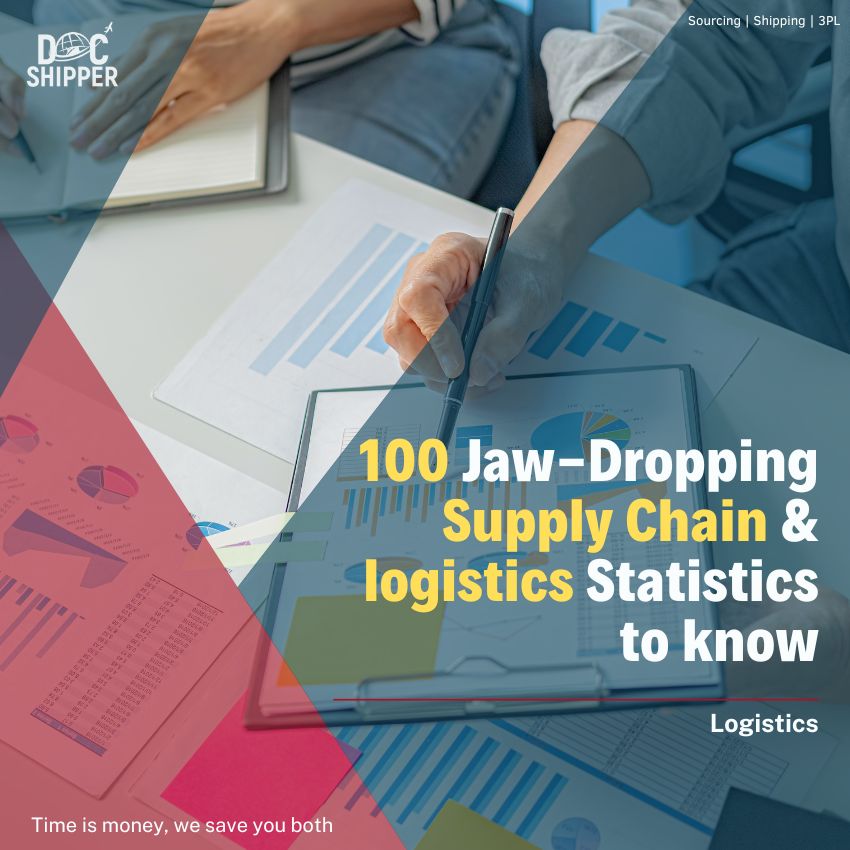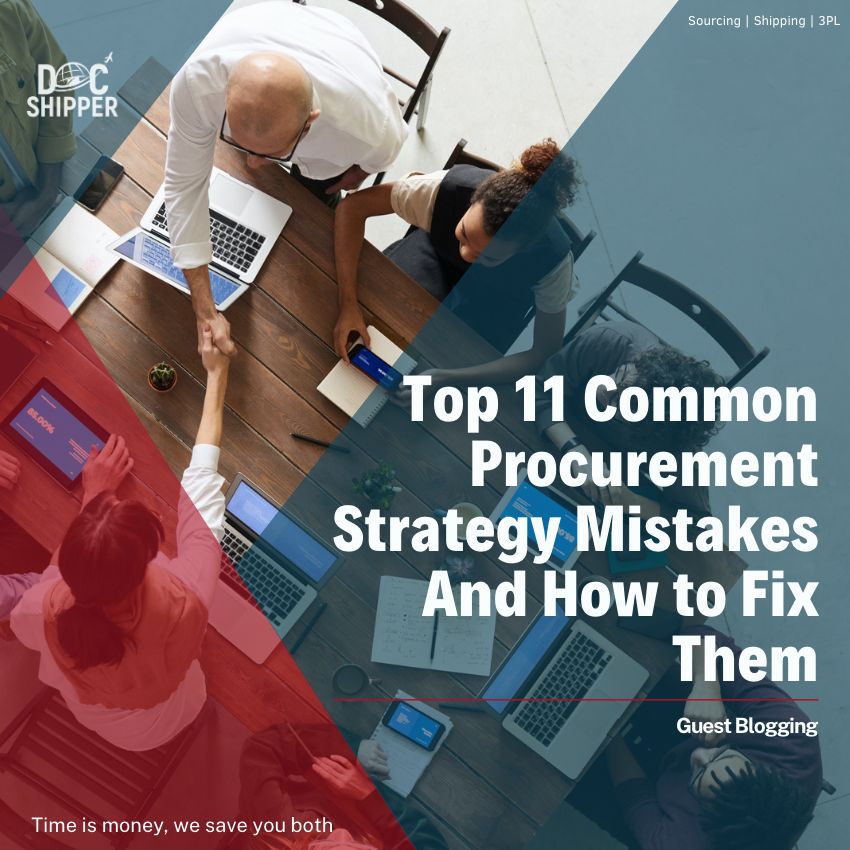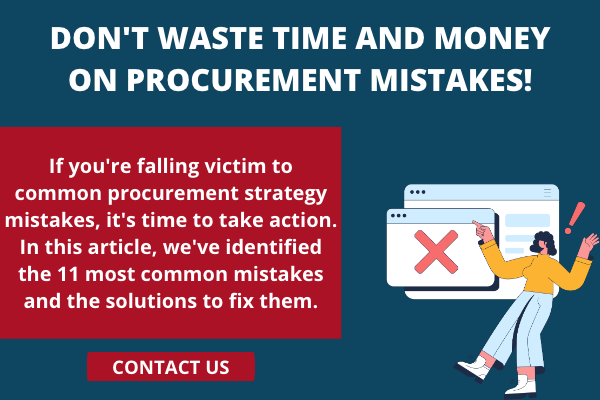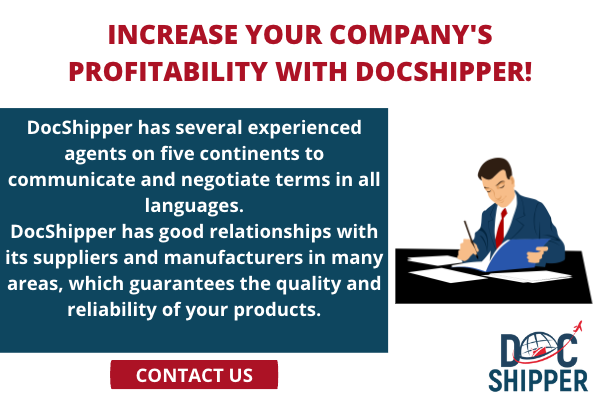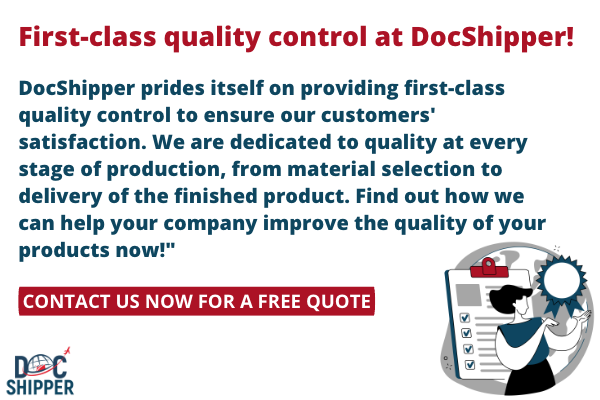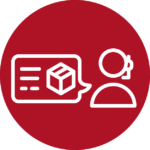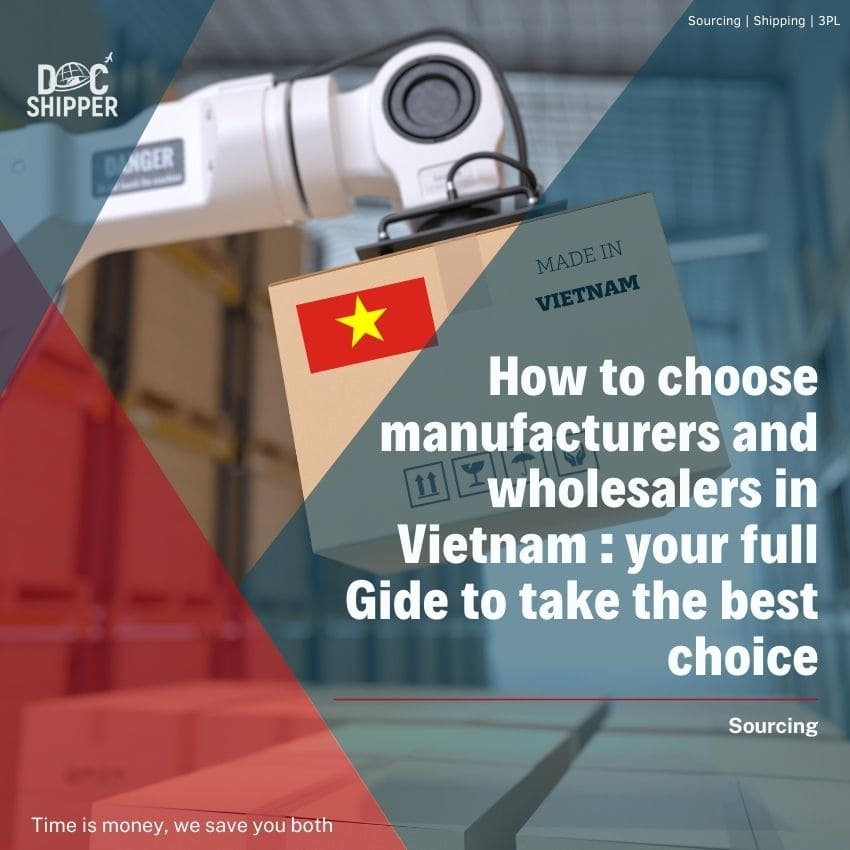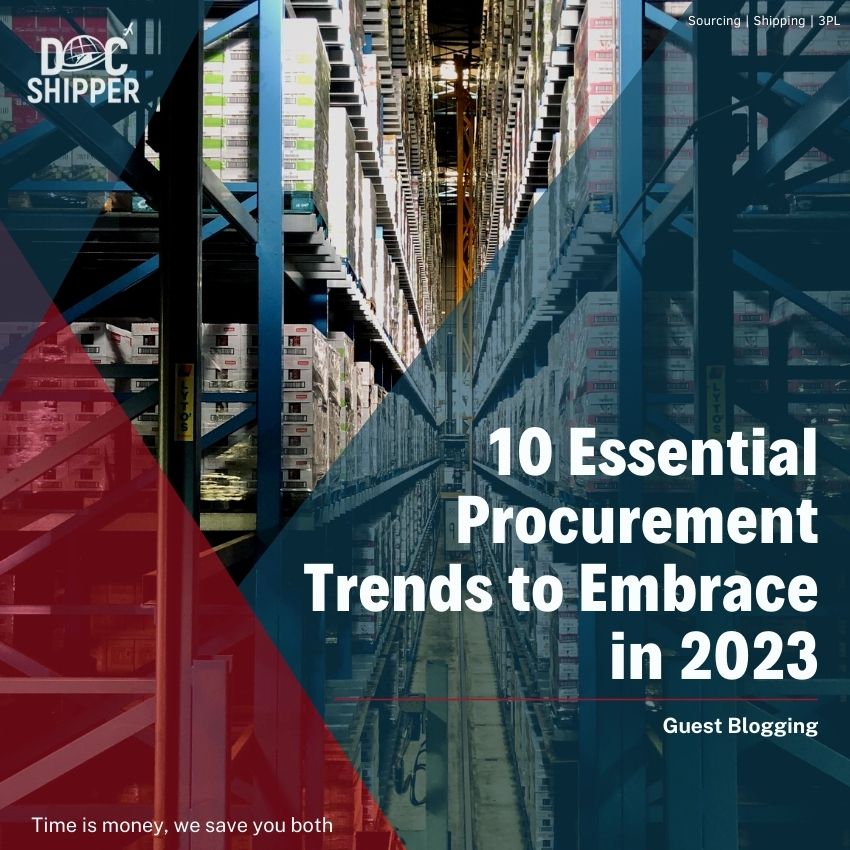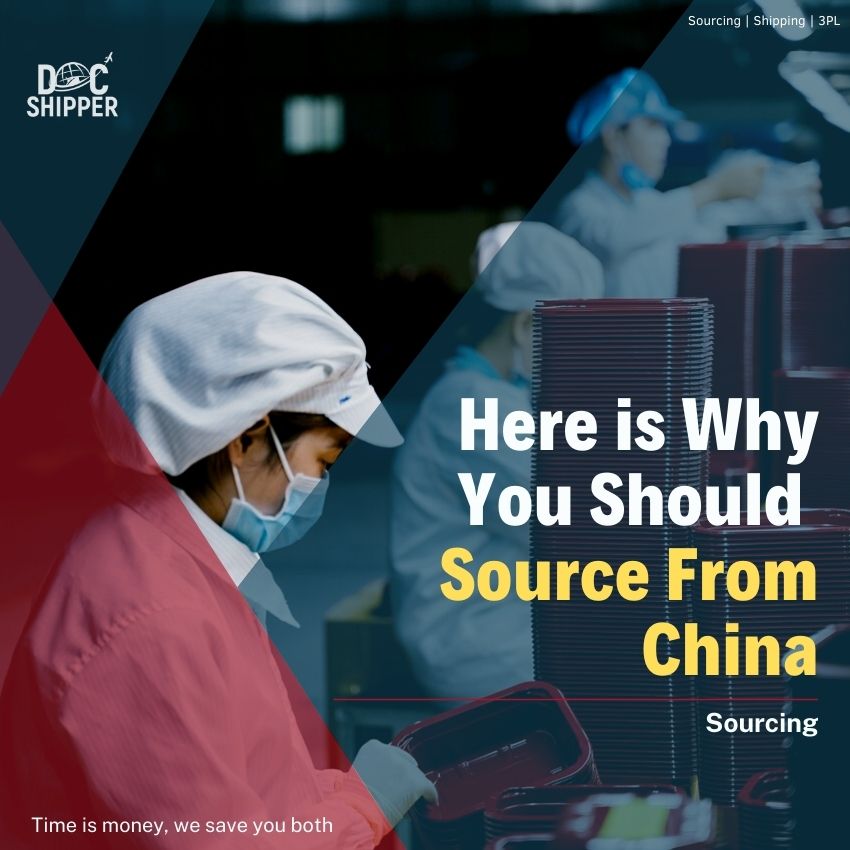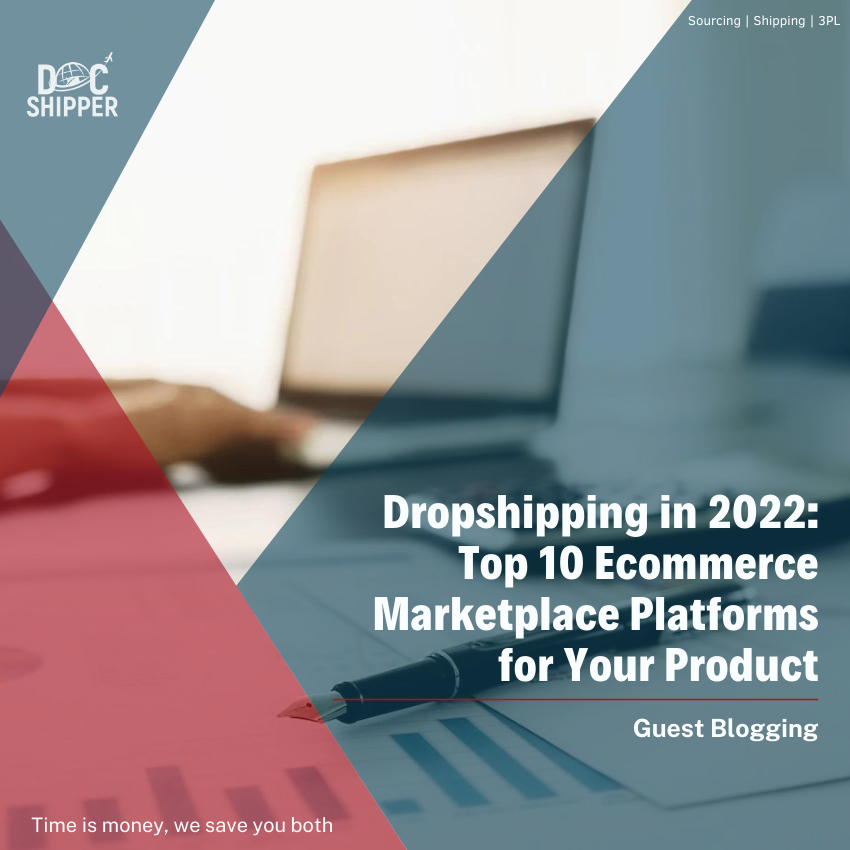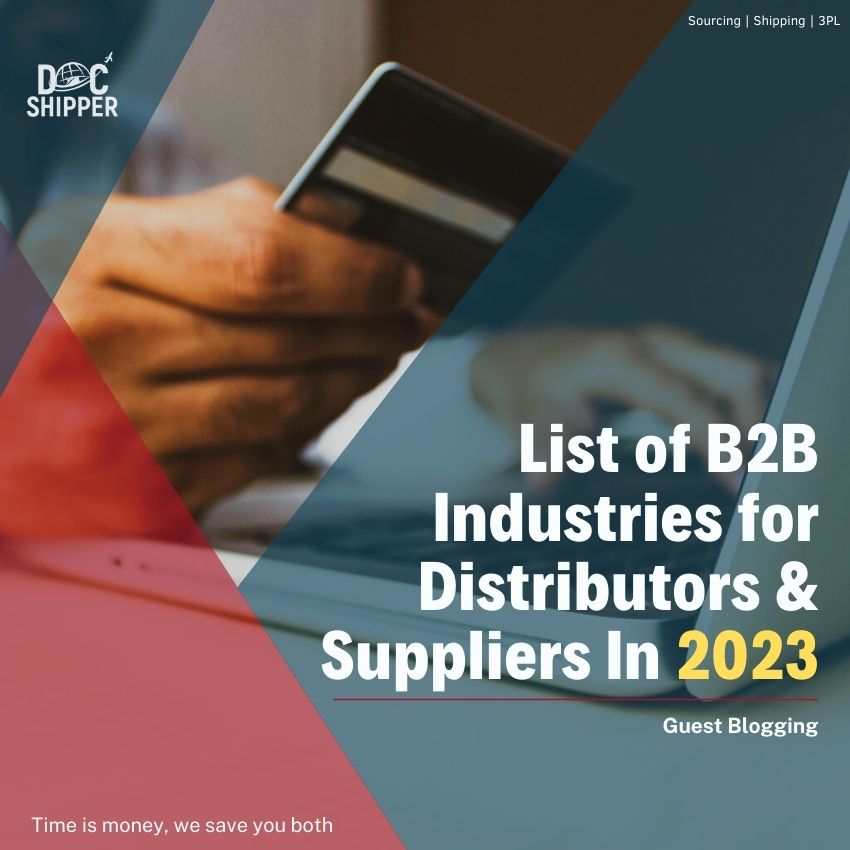Mistake 1: Inconsistent Procurement Methods
Are you tired of the procurement process causing chaos and confusion in your organization? It's no secret that larger companies struggle to maintain consistency in their procurement methods, often resulting in major discrepancies and missed opportunities for cost savings and stronger vendor relationships.
But fear not, because e-procurement is here to save the day! By providing a comprehensive overview of the P2P process, e-procurement ensures consistency and enables companies to leverage their size and frequency of orders for discounts and faster deliveries. Plus, with better relationships and long-lasting partnerships, everyone involved comes out on top!
Procurement is undergoing a digital revolution where accelerated processes, increased transparency, and improved decision-making are becoming the norm. But, introducing new tools and workflows can be a significant change that demands thoughtful implementation.
As a procurement leader or team manager, you'll be the hero guiding your employees and partners toward success with a well-planned change management strategy. So get ready to take your procurement process to the next level and enjoy the benefits that e-procurement can bring!
Mistake 2: Employees and vendors may exhibit reluctance to adopt e-procurement.
Unsurprisingly, people may resist change, especially when they're used to doing things a certain way. They may worry that introducing new initiatives could slow down their workflows and negatively impact their productivity. But fear not because there is a solution!
As a manager, it's crucial to provide your teams with enough time and resources to understand the benefits of e-procurement; and it's not just about the company as a whole – emphasize how it can positively impact their KPIs. With the right approach, you can overcome resistance and successfully implement e-procurement for the benefit of everyone involved.
Mistake 3: Contract Management
The inflation surge in June 2022 hit a record high of 9.1%, causing a major concern for procurement processes. With a strategic approach to purchasing goods, companies can stay within their budget due to rising prices. Inefficient contract management only exacerbates the issue by locking companies into pricing changes they cannot afford.
Many procurement teams need to remember to review their contracts after signing them, which can lead to companies missing out on opportunities to terminate contracts with underperforming vendors or to enforce predetermined metrics to manage price increases. To avoid such risks, procurement teams must prioritize contract management and regularly revisit vendor relationships to ensure optimal pricing and performance.
Mistake 4: Poor internal communication
According to a recent survey by McKinsey, digital solutions can significantly impact internal collaboration, particularly within procurement teams.
Traditionally, procurement has been viewed as a transactional function and not closely aligned with any particular department. However, in today's business landscape, successful companies recognize the importance of procurement managers taking on a strategic role in mitigating risk and ensuring business continuity.
To achieve this, procurement teams must work closely with all business departments, including finance, to ensure effective communication and alignment with growth projections. Failure to do so can lead to financial mismanagement, which can negatively impact the company's financial stability.
Mistake 5: Inefficient processes
For procurement to be optimized and business success to be ensured, it's crucial to establish a smooth integration between procurement processes and financial systems throughout the entire organization.
Automation can streamline several processes, such as managing vendors, contracts, invoices, purchase orders, and approving purchase requisitions. By automating these tasks, procurement teams can work faster and with greater accuracy, leading to more efficient and effective decision-making for the business.
Overall, aligning procurement processes with financial systems is essential for optimizing the organization's financial health. Organizations can achieve better spending decisions, stronger supplier relationships, and improved financial performance by maintaining close collaboration between procurement and finance teams.
